The Production Process of Electrical Power Cord and Extension Cord
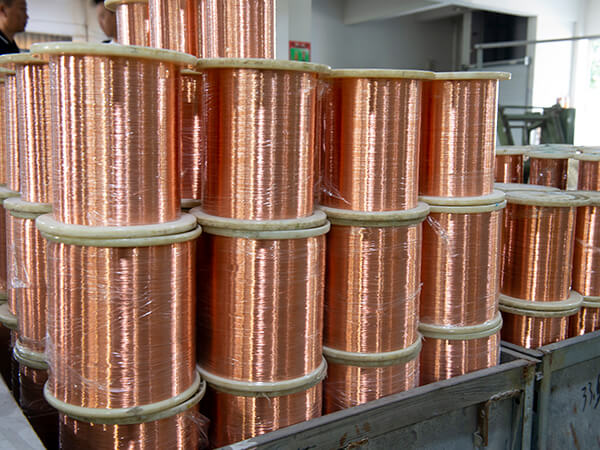
1.Raw Materials:
The first step involves procuring the necessary raw materials such as copper wire, PVC plastic, and other components required for manufacturing the power cords and extension cords.
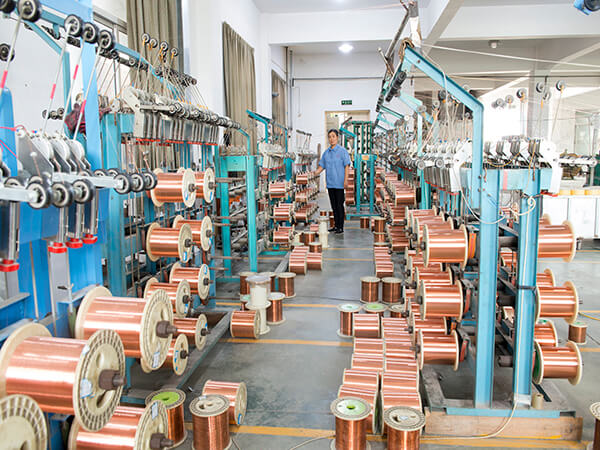
2.Wire Stranding:
The copper wire is stranded together to form a bundle that will become the core of the power cord.
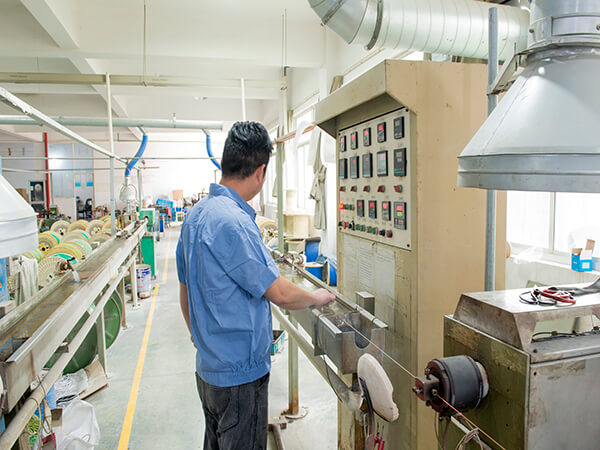
3.Core Wire Extrusion:
The core wire bundle is then passed through an extruder that coats it with PVC plastic insulation to protect the wire and provide electrical insulation.
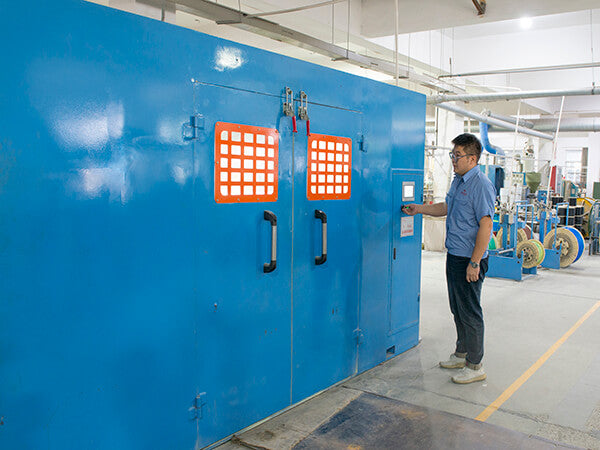
4.Core Wire Cabling:
The insulated core wire is then twisted together to form a cable that will be used for the power cord.
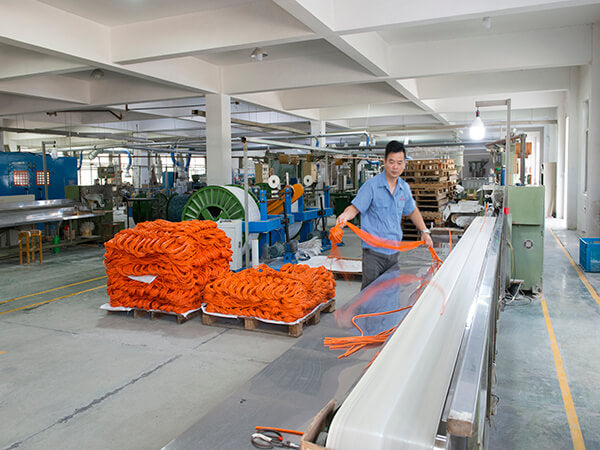
5.Jacket Wire Extrusion:
The jacket wire is then extruded with PVC plastic insulation that will protect the cable from external damage.
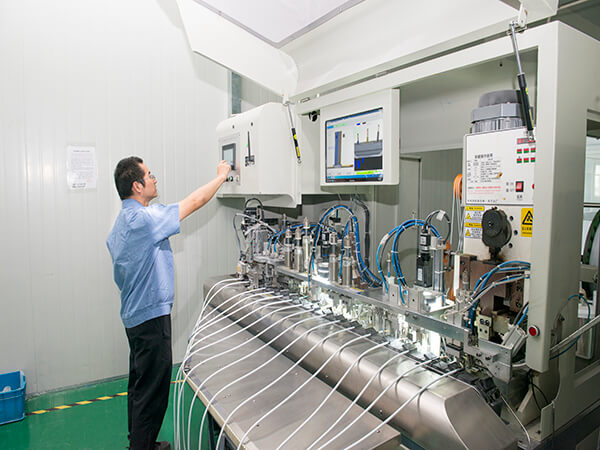
6.Automated Cutting and Terminal Crimping:
The cables are cut to specific lengths and fitted with plugs and sockets using an automated machine.
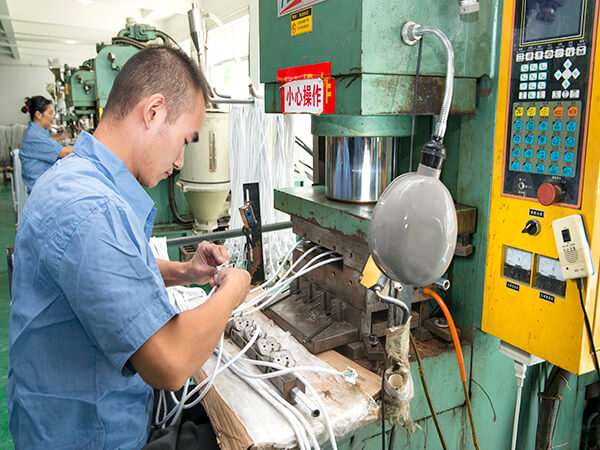
7.Injection Molding:
The plugs and sockets are then molded into the plastic casing that will form the connectors for the power cord.
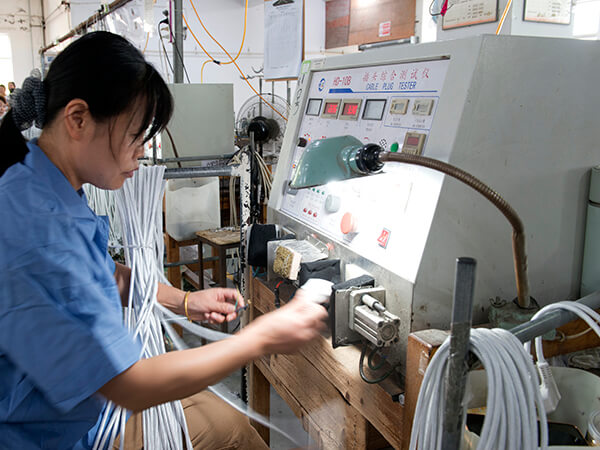
8.High Voltage Testing:
The power cords are then subjected to high voltage testing to ensure they meet safety standards and can handle the required electrical load.
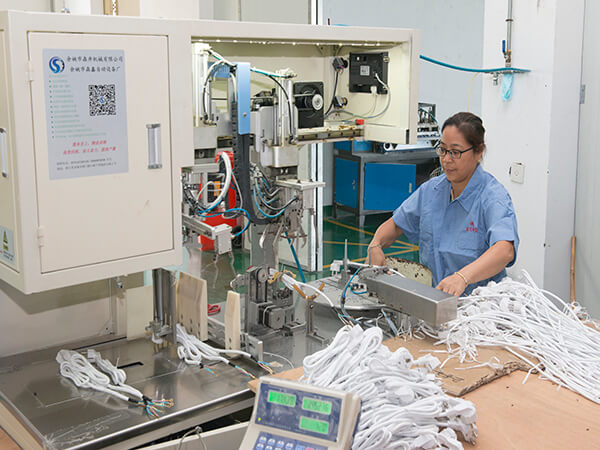
9.Packaging:
The finished power cords are then packaged and labeled according to their specifications.
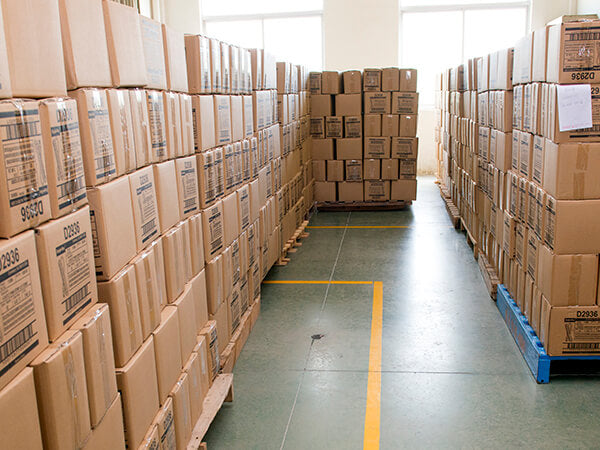
10.Finished Product:
The final step is to check the quality of the finished product before shipping it to customers.
- 選択結果を選ぶと、ページが全面的に更新されます。







